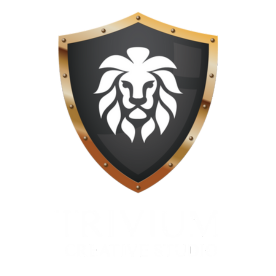In today’s fiercely competitive startup landscape, creating a strong brand presence is often the differentiating factor between success and obscurity. A brand that exudes confidence, authenticity, and relevance not only captivates customers but also earns their trust and loyalty. This larger-than-life brand not only sets your startup apart from the competition but also serves as a beacon that attracts customers, investors, and talented employees alike.
Now, let’s delve into a detailed roadmap on how to craft such a brand identity that resonates powerfully with your audience and elevates your startup to new heights of success.
Consistency is Everything:
Consistency forms the bedrock of any successful branding strategy. It’s the thread that ties together every aspect of your brand identity, ensuring that your company presents a unified and cohesive image to your audience. To achieve this consistency, the first step is to define your brand guidelines comprehensively. Your brand guidelines serve as a blueprint for how your brand should be portrayed across all channels and touchpoints.
Here’s a breakdown of what your brand guidelines should include in your Brand Book:
1)Visual Identity:
Define the visual elements that constitute your brand identity, including:
2)Colors:
Select a palette of 3 to 4 complementary colors that reflect your brand personality. Provide RGB or hex codes for consistency across various mediums.
3)Fonts:
Choose the fonts for headers, body copy, and web/app tags to maintain a consistent look and feel.
4)Logo Usage:
Specify how your logo should be used, including variations in color, size, and placement. Provide guidelines for usage on different backgrounds and in different formats.
5)Tone of Voice:
Outline the tone and style of communication that align with your brand persona. Establish the language, vocabulary, and writing style that accurately reflect your brand’s personality and values.
6)Brand Messaging:
Clearly articulate your brand’s mission, values, and key messages. Develop top-line verbiage, including a one-line company description and a paragraph-long company overview for press purposes.
7)Brand Assets:
Provide access to high-resolution assets, including logo files, brand images, and graphics. Ensure that these assets are easily accessible to all team members and stakeholders.
8)Usage Guidelines:
Establish guidelines for how your brand assets should be used across various mediums, including digital platforms, print materials, and merchandise. Specify rules for spacing, sizing, and placement to maintain visual consistency.
9)Application Examples:
Provide examples and templates that demonstrate how to apply your brand guidelines in real-world scenarios. Showcase mockups of branded materials such as business cards, letterheads, and social media posts.
By documenting these elements in your Brand Book, you create a comprehensive reference guide that ensures everyone involved in representing your brand – from internal teams to external partners – adheres to a consistent brand identity. This consistency helps build brand recognition, fosters trust with your audience, and reinforces your brand’s values and messaging across all interactions.
Start with Strong Basics:
Lay a solid foundation for your brand by addressing fundamental questions about your startup:
- Your Name: Choose a name that reflects your brand identity and resonates with your target audience.
- Your Logo: Design a memorable logo that encapsulates your brand essence.
- One-Line Pitch: Create a concise and impactful one-liner that succinctly describes what your startup is all about.
- Boilerplate: Develop a brief boilerplate that highlights key information about your startup, including investors, achievements, and your core mission.
Consider Every Touchpoint:
Your brand interacts with various stakeholders, including customers, investors, advisors, board members, press, and employees. Ensure consistency and clarity across all touchpoints:
- Customers: Develop talking points that effectively communicate your value proposition and address common inquiries.
- Investors: Highlight key achievements, milestones, and growth opportunities to attract potential investors.
- Advisors and Board Members: Keep stakeholders informed about your progress and strategic direction through regular communication.
- Press: Provide concise and compelling information to the media to generate positive coverage and build brand visibility.
- Employees: Foster a strong internal brand culture by aligning employees with your brand values and mission.
By following these strategies and prioritizing consistency, clarity, and authenticity, you can project a larger-than-life brand for your startup. Remember, building a strong brand takes time and effort, but the rewards are well worth the investment.













